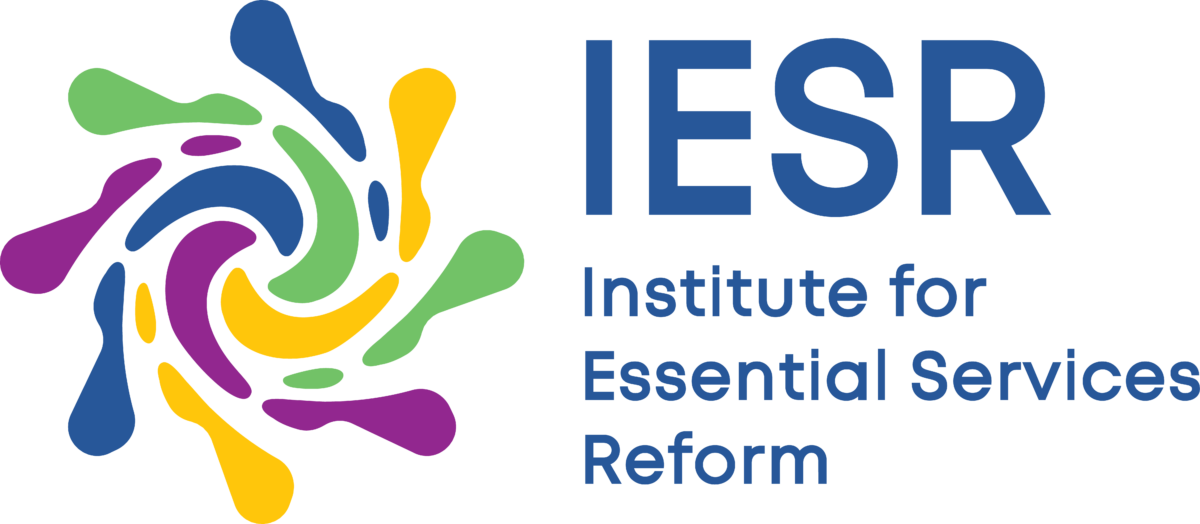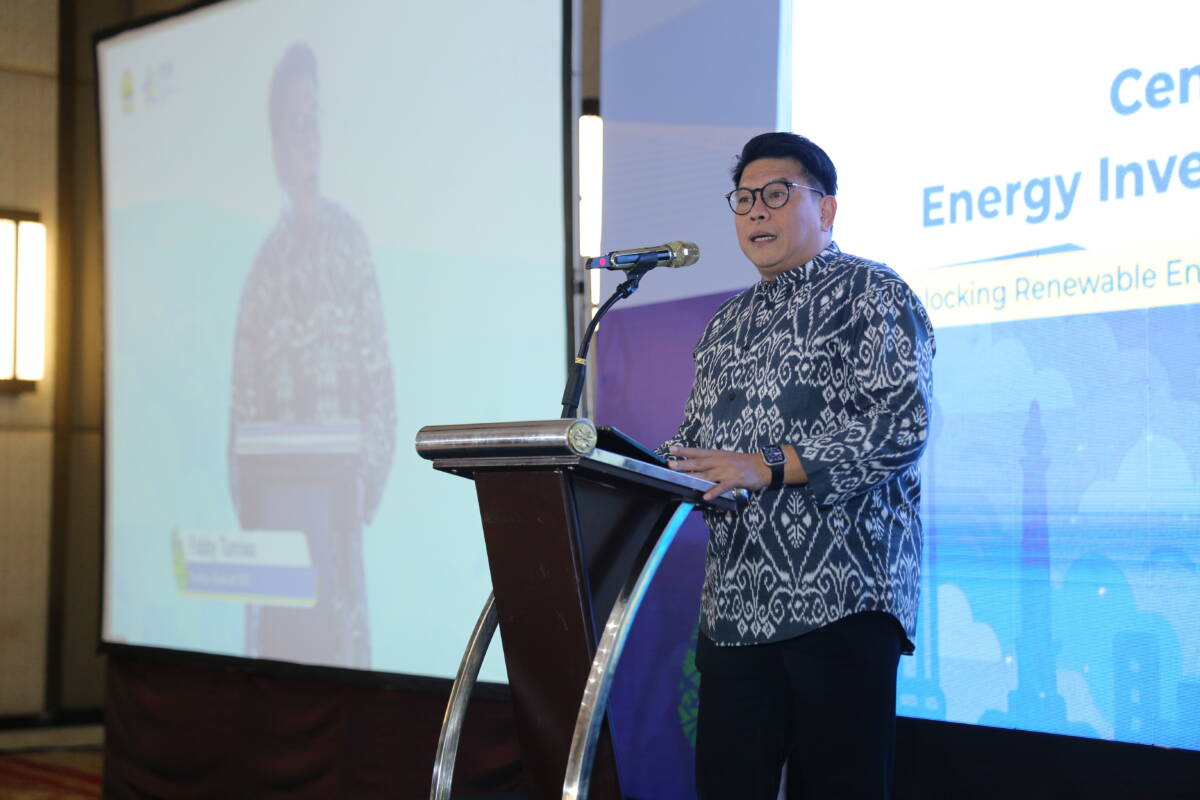Jakarta, August 7, 2025 – Indonesia will build a 100 Gigawatt (GW) Solar Power Plant (PLTS). The program plans to build 80 GW of solar power plants and 320 GWh of Battery Energy Storage System (BESS) to be managed by the Merah Putih Village Cooperative (KDMP) in 80,000 villages, and 20 GW of Centralized solar power plants. The solar power plant system managed by KDMP aims to provide reliable and affordable electricity to promote productive economic activities in rural areas, in line with the vision of President Prabowo Subianto’s Asta Cita.
The Institute for Essential Services Reform (IESR) commends President Prabowo’s initiative for the construction of this 100 GW solar power plant.
Chief Executive Officer (CEO) of IESR, Fabby Tumiwa mentioned that this program is very appropriate for overcoming the challenges of energy transition to strengthen energy self-sufficiency. Indonesia possesses solar energy potential with a capacity ranging from 3,300 GW to 20,000 GW, spanning from Sabang to Merauke. With increasingly affordable, modular, and easy-to-build and operate solar power plant (PLTS) technology, this project could serve as a strategic solution to provide reliable and affordable energy access across Indonesia.
“If implemented effectively, this project will become the largest rural electrification initiative and distributed renewable energy generation program in Southeast Asia, addressing the challenges of providing quality, equitable, and affordable energy for all Indonesians,” said Fabby.
However, IESR anticipates that this project will face at least three challenges, particularly in the preparation and implementation stages, which must be overcome for the project to succeed. First, the selection of power plant locations must take into account geographical conditions, electricity load requirements, and ensure the technical and financial feasibility of the 80,000 planned projects. For this reason, the involvement of universities, particularly those with engineering faculties in Indonesia, is essential for designing and preparing this distributed solar power plant project. The system design must be specifically tailored to enable a modular design that can be quickly installed (plug-and-play).
Second, the construction of a 1 MW solar power plant and a 4 MWh BESS requires at least 30-50 workers of various skill levels over a period of 9 to 12 months from the preparation stage to final testing (commissioning). The availability of highly skilled and moderately skilled workers for the construction and development of solar power plants and energy storage systems is currently very limited. Additionally, availability is uneven across Indonesia. To address this challenge, the government needs to immediately conduct a workforce needs assessment and prepare certified installers through collaboration with vocational training centers (BLK), vocational schools, and universities. Training programs should also reach out to local communities near project sites to ensure that the workforce recruited and involved consists of local residents. Skilled personnel need to be prepared to assist KDMP in preparing for the operation and maintenance (O&M) of these power plants.
Third, planning and implementation require coordination across ministries, local governments, and stakeholders, including private businesses. To that end, the president needs to make this program a National Strategic Program (PSN) and form a Task Force consisting of elements that must be involved in the planning and implementation of this program. Under this Task Force, a Project Management Unit (PMU) will be formed to manage this project professionally.
IESR emphasizes the need to prioritize the involvement of rural communities to participate and engage in this project, from planning, management, and utilization, so that they also benefit economically from this project. Protection of community rights to land and natural resources must be part of the operational framework of this project from the outset. A participatory approach, respectful of human rights (HAM), and free from corruption and bribery must be principles upheld by all parties.
Thus, the energy transition through the use of renewable energy in this project can provide maximum benefits for the prosperity of the people, through job creation, improved energy access, and the strengthening of the domestic solar energy technology industry. Furthermore, this program also contributes to reducing the risk of a global climate crisis, while strengthening Indonesia’s position as a powerful and sovereign country in the global energy transition map, which is worthy of being included as a mitigation action in the Second National Determined Contribution (SNDC).

